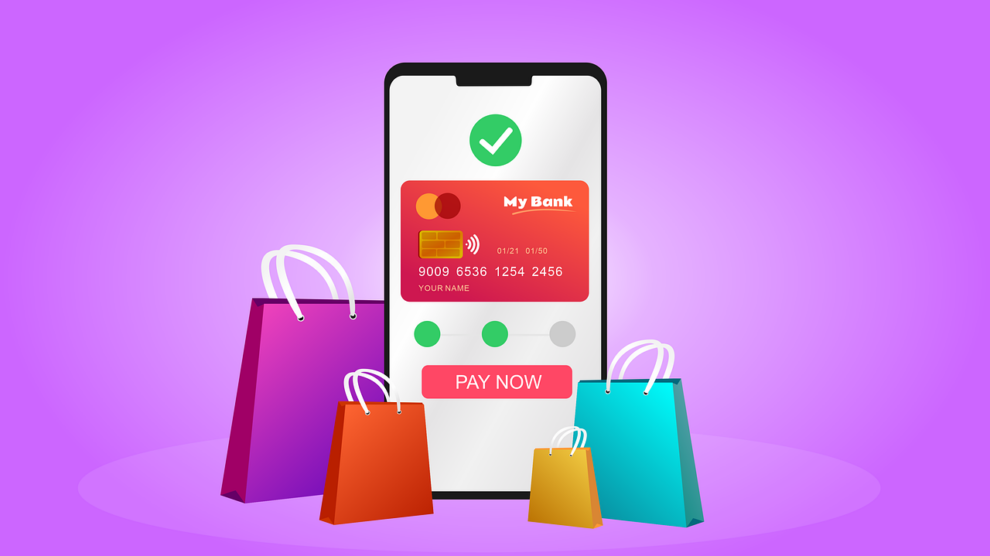How do you turn your eCommerce sales from ‘okay, I guess’ to ‘wow!’?
You’ve tried everything to bring in more traffic and convert. Mailshots, social media campaigns, SEO and SEM. Everything you do helps a little but nothing seems to lift you onto the next level.
I want to share some eCommerce strategies with you that can help boost your visitor count. And turn those browsers into paying customers.
These tips may seem off-base at first. But they work, as many out-of-the-box eCommerce marketing strategies do.
If you’d like to discover how to increase your customer count and inflate their spending, read on. These 7 strategic tips may change how you do business online forever!
1. Gamify Your Ecommerce Site
Question: Who likes to play computer games? Answer: Everyone!
It doesn’t matter what age you are or your social status or job, everybody loves to play games.
In fact, the average age of a computer gamer is now 35. And the gender balance is nearly equal, with 46% of women playing video games. The industry itself is estimated to be over $150 billion.
Why not tap into something everyone enjoys using your eCommerce website?
Is there a free HTML5 game you could embed on your pages? Something that could tie with your products or services?
Perhaps you could pay for a small game to be made. It could tie with your services like discovering the next star of a talent show. Or dressing an avatar online using your clothing lines.
The goal is to distract your visitors when they get bored of shopping. If the game is addictive, they’ll bookmark your site and return for sure.
Tie the games with your business social media pages and you could see a surge in traffic. And if you can’t afford or find the right game, why not use fun quizzes to keep your customers engaged?
2. Gamification and Loyalty Points
The term gamification means using a reward or achievement to encourage a person to take a desired course of action.
Sounds a lot like most eCommerce and marketing strategies, doesn’t it?
Yet gamification doesn’t need to involve computer games as in the strategy above. The key is to reward a dictated pattern of behaviour.
Let’s take the example of loyalty reward points.
Many businesses use loyalty points to encourage repeat buying. The more they purchase the more points and the greater their discount. That’s great news for customers and their friends!
Why not offer other ways to earn loyalty points besides just buying?
Adding a positive review is a great tool for product engagement but it also helps your SEO.
The more feedback on your site the more quality content. Google also trusts sites with reviews and ranks them higher than those without. And customers trust them too, with 105% more likely to buy if reviews are available.
You could also add extra points by encouraging people to share reviews on social media. That would widen the scope of your website and promote your brand at no extra cost.
3. Useful 404 Pages
A 404 error is techie way of saying the page doesn’t exist.
It can happen for lots of reasons like entering a wrong address to out-of-date links from Google. The default text on Chrome says the page was not found on the server which is both scary and useless to your visitors.
The great news is you can create custom 404 pages. Ones that can actually drive sales instead of saying your store doesn’t exist!
Get your developer to code the page to check for keywords in the broken URL. Use those keywords to create a list of search results. Then populate the space beneath the ‘Sorry, this page is no longer here’ text with your products.
There are some great examples of custom 404 pages on the web. IMDB shows movie quotes that make a joke out of the error while others cross-sell promotions.
4. Product Filtering That Actually Works
Imagine you’re a shopper wanting to find a laptop computer.
You’ve got a budget in mind, know basic specs like screen size, and want an HP or Asus. You visit the search page and choose the filter option. And that’s when you want to punch the screen!
Product filters are a major gripe for many shoppers because they don’t work.
You select one of four options but the screen refreshes making you wait. Then the results show little bearing to your selection. And they arrive in random order.
Use your search to your advantage.
Make it super easy to use. Everything should run quick and produce great results every time.
5. Super Subscriptions
Ever been to a website with two different prices? One is for ‘regular’ customers but the other offers a fantastic deal, with the percentage saved shown in bright colours.
How do I get the better price, the shopper demands. I want to save 50%!
The secret lies in becoming a subscriber.
That can take the form of full-paying membership or by remaining on their marketing list. Your eCommerce launch strategy could offer discounted subscriptions if they join at the start.
Everyone loves a bargain so push them to the moon using subscriptions.
This technique works really well for items that require reccurring billing, like contact lenses. An ‘auto-stock and save’ option on the product page offers a discount if customers decide to create a tri-monthly subscription.
6. Combined App Selling
Eighty-seven per cent of smartphone users spend time on apps rather than browsing online.
Creating an app is a great way to sell alongside your site. But if you think an Android or iOS app is expensive then think again.
Sites like BuildFire offer fully-interactive eCommerce apps for a low-cost. They tie with your existing product catalogue. And they’ll better promote your brand.
Take advantage of a market worth £432 billion. Even a tiny piece of that pie will more than make-up for the development expense.
7. Free Delivery at a Cost
There’s a reason why Amazon became the largest eCommerce site in the world.
Their free delivery system started in 2003 for the UK. Back then, the lower limit was £39. Then it reduced to £25, then zero for a while until it’s currently £20 and over.
Customers who intended to buy one item end up adding another just to reach that £20 limit.
Use the same strategy on your own site. Set a free delivery limit for all your products to encourage upselling. Those extra pounds should cover your courier costs and provide additional profit.
Don’t forget to advertise your free delivery like crazy!
People are drawn to a bargain and are especially concerned about shipping prices. If they know the shipping costs they won’t abandon their carts.
Successful Ecommerce Strategies
Hopefully, these eCommerce strategies have opened your mind to help promote your online store. Remember that consumers want something more than just to consume.
They want to have a great customer experience.





